Molave Tree
- January 19, 2024
- 1 comment
The illustration vividly depicts a Molave tree (Vitex parviflora), a majestic and ecologically significant species native to Southeast Asia. Towering within its lush tropical forest environment, the tree stands out with its tall, straight trunk cloaked in greyish, flaky bark, embodying strength and resilience. The foliage, characterized by compound leaves with 3-5 lanceolate to ovate leaflets, forms a verdant canopy. Adding a splash of color, the tree is adorned with small, delicate flowers, ranging in hues from blue to violet, elegantly arranged in terminal panicles. This serene portrayal not only highlights the tree’s botanical features but also encapsulates the essence of its natural habitat, a reminder of the rich biodiversity and the delicate balance of tropical ecosystems.
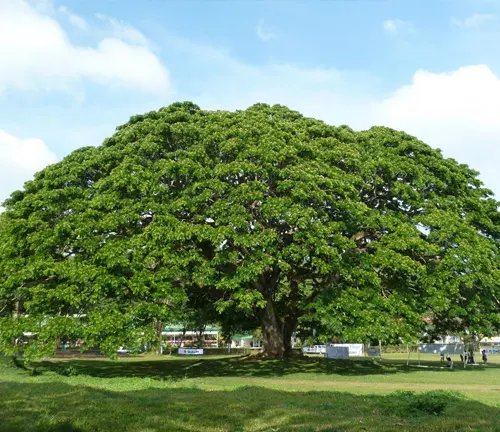
| Characteristic | Description |
|---|---|
| Scientific Name | Vitex parviflora |
| Common Name | Molave Tree |
| Native Range | Southeast Asia, especially prevalent in the Philippines |
| Tree Size | Large, can grow up to 30 meters tall |
| Wood Durability | Extremely durable, resistant to termites and other pests |
| Climate Preference | Prefers tropical and subtropical climates |
| Soil Preference | Thrives in well-drained soils but can adapt to a variety of soil types |
| Root System | Extensive and robust, providing stability and soil erosion control |
| Environmental Impact | Aids in carbon sequestration and supports local wildlife and biodiversity |
| Uses | Valuable for construction, furniture making, and traditional medicine; also holds cultural significance |
| Conservation Status | Faces threats from overexploitation and habitat loss, necessitating sustainable management and conservation |
Growing Conditions of Molave Tree
The Molave Tree, scientifically known as Vitex parviflora, is renowned for its remarkable resilience and strength, traits that have made it a symbol of endurance. This tree’s ability to thrive and maintain its robust stature is largely due to the specific growing conditions it requires. These conditions play a pivotal role in nurturing the tree’s health and ensuring its longevity, allowing the Molave to withstand various environmental challenges and remain a steadfast feature of its natural landscape.
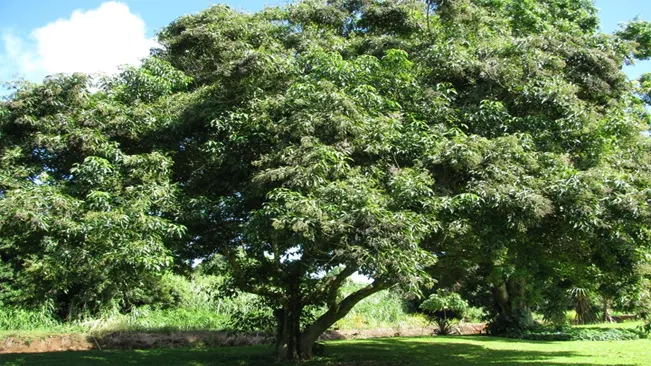
Climate
The Molave tree is ideally suited for tropical climates, thriving in warm temperatures and high humidity. It prefers full sunlight but is adaptable enough to tolerate partial shade, making it versatile in various tropical settings.
Soil
The Molave tree flourishes in well-drained soils and demonstrates adaptability to a variety of soil types, including sandy, loamy, and clay soils. This adaptability is contingent on the presence of good drainage, which is crucial for its growth. Additionally, the tree is tolerant of a range of soil pH levels, from acidic to slightly alkaline, showcasing its versatility in different soil conditions.
Water
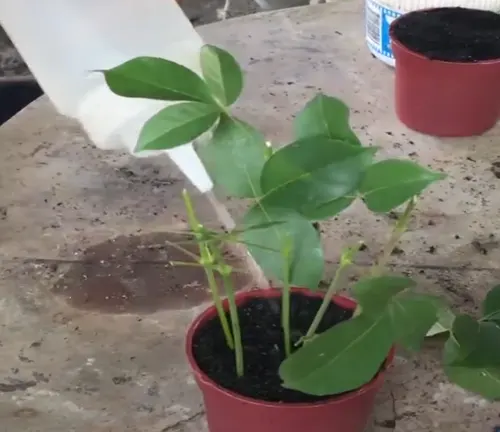
Moisture Requirements
While the tree is drought-tolerant once established, it requires regular watering during its growth phase. The soil should be kept moderately moist, but not waterlogged.
Elevation
Altitude Adaptation
Molave trees are commonly found in lowland areas but can also grow in hilly regions at elevations up to about 800 meters.
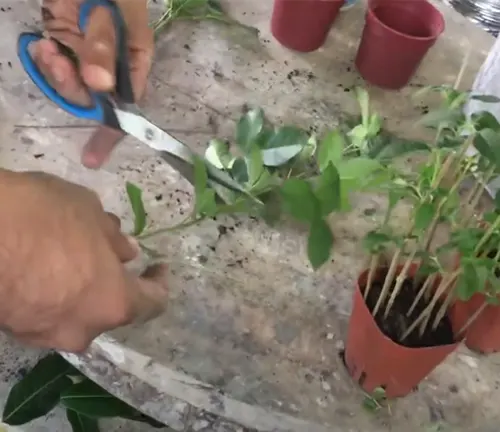
Maintenance
Maintaining a Molave tree is low-maintenance; pruning is seldom needed except for shaping or removing unhealthy branches. While mature trees usually don’t need fertilization, young trees can benefit from balanced fertilizer to encourage healthy growth.
Planting Considerations
Spacing
Due to its potential size, adequate space should be provided when planting to accommodate its growth.
Propagation
The Molave tree is commonly propagated through seeds, but it can also be grown from cuttings.
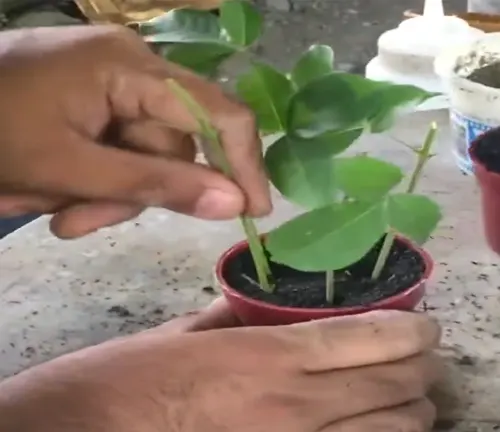
Environmental Benefits Having Molave Tree
The Molave tree (Vitex parviflora), native to Southeast Asia, is a remarkable species renowned for its multitude of environmental, economic, and cultural benefits. Ecologically, it plays a vital role in supporting biodiversity, serving as a habitat and food source for various wildlife. Its extensive root system is effective in soil conservation, helping to prevent erosion in diverse landscapes. Additionally, as a natural carbon sequestrator, the Molave tree contributes significantly to climate change mitigation by absorbing carbon dioxide from the atmosphere. Its presence also aids in enhancing air quality, as it filters pollutants while releasing oxygen, making it a valuable asset in both rural and urban environments.
Practical and Economic Benefits
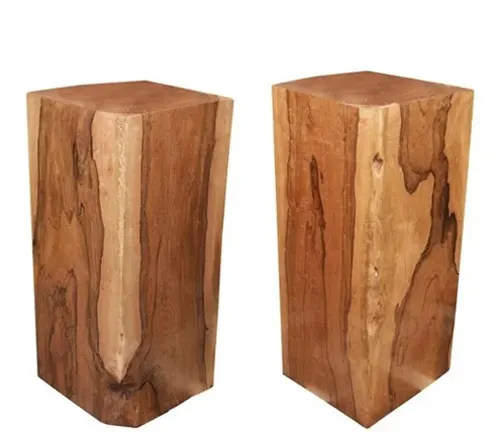
Timber Production
The wood of the Molave tree is highly valued for its strength, durability, and resistance to termites and rot. It is used for high-quality furniture, flooring, and construction, making it economically valuable.
Medicinal Uses
Parts of the Molave tree are used in traditional medicine in Southeast Asia. Its bark, leaves, and roots have been utilized for various medicinal purposes.
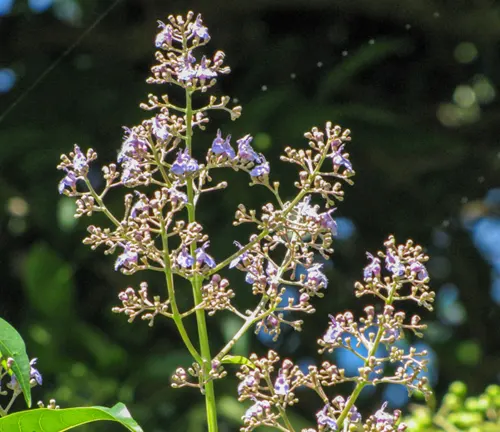
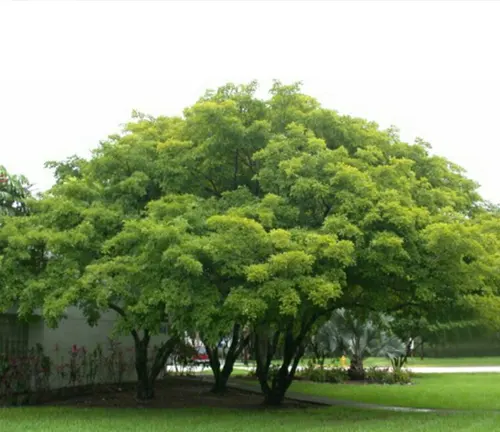
Ornamental Use
With its attractive flowers and robust form, the Molave tree is also used for ornamental purposes in landscaping and as a shade tree in parks and gardens.
Windbreak and Shade
The tree serves as an excellent windbreak and provides ample shade, making it useful in both rural and urban settings for protection against the elements.
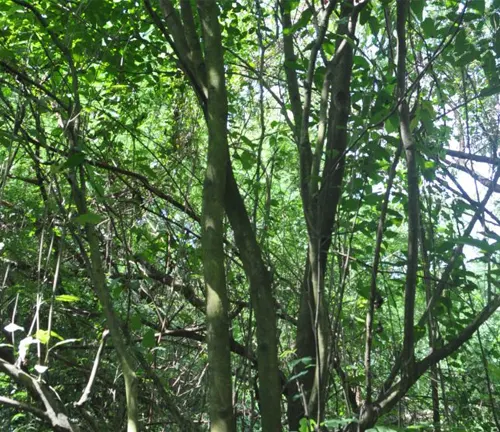
Propagation and Repotting
Propagation
Propagation of the Molave tree typically involves seed germination, which requires collecting seeds from ripe fruits and sowing them in well-drained soil. This process may take several weeks as Molave seeds have a slow germination rate. Alternatively, propagation can also be done through cuttings, which involves taking healthy branch cuttings, treating them with rooting hormones, and planting them in a suitable medium. This method, while less common, can be effective for growing new trees.
Repotting
When it comes to repotting young Molave trees, it’s essential to do so when they outgrow their current container, often indicated by crowded or protruding roots. The selection of well-drained soil, similar to its natural habitat, is crucial for repotting. The new pot should be slightly larger than the previous one to accommodate growth and must have adequate drainage. After repotting, the tree should be watered well and placed in a location with sufficient sunlight, with careful monitoring and regular watering to ensure it adapts well to its new environment.
Benefits
The Molave Tree (Vitex parviflora) is a multifaceted species, offering a range of ecological and economic benefits. Ecologically, it enhances biodiversity and combats soil erosion through its extensive root system. Its wood is highly sought after for its durability and resistance to termites, making it an excellent material for construction and furniture.
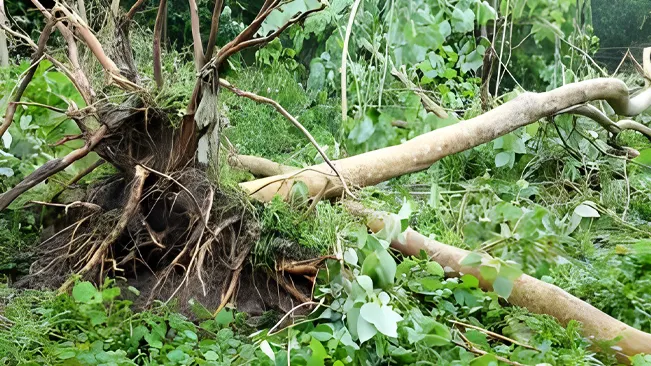
Medicinally, parts of the tree are used in traditional healing practices due to their therapeutic properties. The Molave also adds aesthetic value to landscapes and holds significant cultural importance in some regions. Additionally, its role in carbon sequestration highlights its contribution to environmental sustainability and the fight against climate change. These diverse benefits underline the Molave Tree’s integral role in maintaining ecological balance, supporting economic development, and preserving cultural heritage.
Conclusion
The Molave Tree (Vitex parviflora) stands as a remarkable symbol of resilience and strength in its native Southeast Asian landscape. Renowned for its durable, termite-resistant timber, it serves not only as a valuable resource for construction and furniture-making but also plays a pivotal role in ecological preservation. Its extensive root system aids in soil stabilization and erosion control, while its capacity for carbon sequestration contributes significantly to combatting climate change. Beyond its environmental impact, the Molave Tree holds profound cultural significance and medicinal value, integrating itself into the local traditions and natural remedies of the communities that surround it. However, the survival of this mighty species faces challenges, primarily due to overexploitation and habitat loss. Preserving the Molave Tree requires a dedicated approach to sustainable management and conservation efforts, ensuring that this majestic species continues to thrive for generations to come, offering its myriad benefits to the environment, economy, and culture.
Frequently Asked Questions (FAQs)
- What distinguishes the Molave Tree from other hardwood species?
The Molave Tree is especially noted for its robustness and termite-resistant wood, making it a preferred choice for durable construction and high-quality furniture. - Where is the Molave Tree predominantly found?
This tree is indigenous to Southeast Asia, particularly thriving in the Philippines, where it is deeply appreciated for its timber and ecological significance. - How does the Molave Tree benefit the soil and environment?
Its extensive root system is excellent for soil stabilization and erosion prevention, crucial in maintaining landscape integrity and preventing natural disasters like landslides. - Are there medicinal benefits associated with the Molave Tree?
Yes, parts of the tree, including the bark and leaves, are utilized in traditional medicine for their anti-inflammatory, antimicrobial, and pain-relieving properties. - What challenges are faced in conserving the Molave Tree?
The main threats include overharvesting for its valuable timber and loss of natural habitat due to deforestation, necessitating concerted conservation and sustainable management efforts. - Can the Molave Tree be cultivated in home gardens or urban settings?
While feasible, growing a Molave Tree requires ample space due to its considerable size, along with specific conditions related to climate, soil, and sunlight. - What cultural significance does the Molave Tree hold?
The Molave Tree symbolizes strength and resilience in its native regions and is often an integral part of local cultural practices and traditional ceremonies. - How does the Molave Tree contribute to combatting climate change?
Through carbon sequestration, the tree plays a vital role in absorbing atmospheric CO2, thus contributing to climate change mitigation and supporting overall ecosystem health. - What is the lifespan of a Molave Tree?
The Molave Tree is known for its longevity, often living for several decades, making it a lasting feature of its natural habitat and a symbol of endurance. - How does the Molave Tree support local wildlife?
The tree provides a habitat and food source for a variety of wildlife, including birds, insects, and mammals, playing a crucial role in maintaining biodiversity and ecological balance.


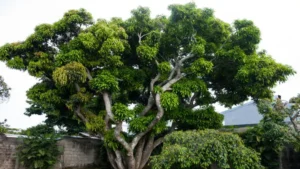
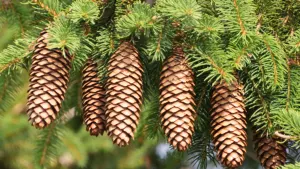
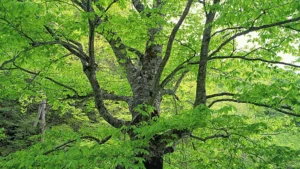
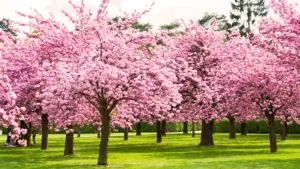
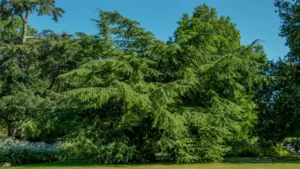
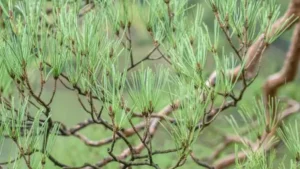
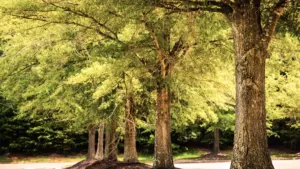
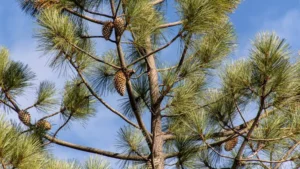
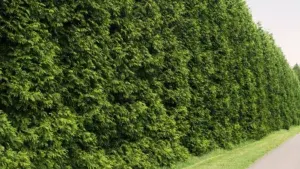
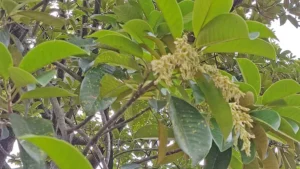
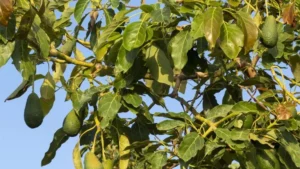
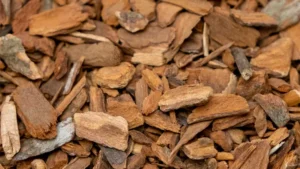
How many meters possible to plant a molave tree near houses?
Matt andrew
June 11, 2024 12:00 pm